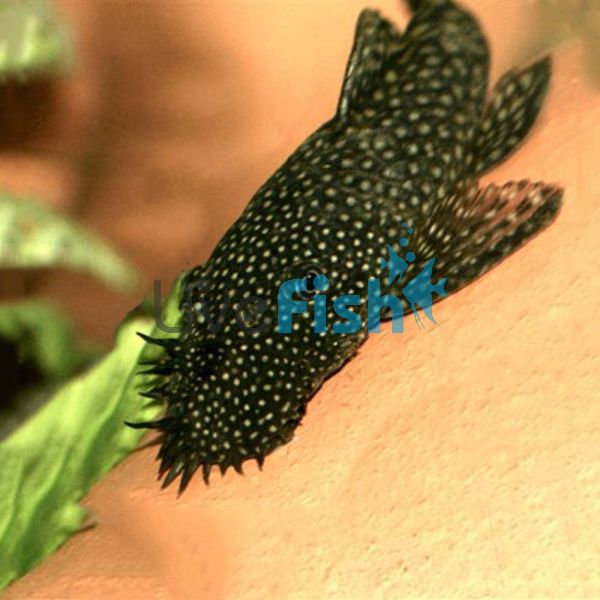Bristlenose Catfish 6cm
Easily one of the world’s most popular catfish species the Bristlenose pleco is an excellent addition to any aquarium. The Bristlenose pleco quickly rose to popularity as it is an excellent algae eater and is regarded as an essential clean-up crew for freshwater tanks. It is also a very peaceful fish that breeds easily and stays at a relatively small size in comparison to other plecos.
- Buy 5 for $46.60 each and save 10%
- Buy 10 for $41.42 each and save 20%
Bristlenose Catfish
Easily one of the world’s most popular catfish species the Bristlenose pleco is an excellent addition to any aquarium. The Bristlenose pleco quickly rose to popularity as it is an excellent algae eater and is regarded as an essential clean-up crew for freshwater tanks. It is also a very peaceful fish that breeds easily and stays at a relatively small size in comparison to other plecos.
Being in the pleco family the Bristlenose are in fact an armoured catfish which have dense bone plating all over their body making them a very difficult fish to be eaten by predators. Bristlenose plecos are naturally a dark brown colour which almost camouflages with driftwood where these fish are naturally found. The mix of browns and blacks are overlaid with an array of cream-coloured spots which provide just enough contrast and brightness to this dark fish.
Trying to find the males and females in this species is fairly easy. Males have a lot of fleshy bristles all over their nose which can look pretty weird but that’s what makes them such a unique species. Females on the other hand lave little to no bristles. These fish will breed with little to no manual intervention as long as there is a pleco cave provided, then it is just a waiting game. Females naturally swell up when they are full of eggs, the male will then trap the female in a cave allowing her to lay. The male then guards these eggs until the fry swim out.
Tank Recommendations for your Bristlenose Pleco
The bristlenose pleco only needs a tank around 75 litres as they are a fairly inactive species in terms of not needing a lot of open swimming space. Though species like common plecos can get 60 cm upwards the bristlenose max out at 15cm. A sand or gravel substrate is perfectly fine but most importantly they will love hiding areas around small pieces of driftwood, rock caves and importantly densely planted areas well. This species is mostly active when lights are turned off.
Suitable Tank Buddies
The bristlenose pleco is extremely peaceful with aggression only ever coming out during breeding males breeding however this harmless behaviour. With adequate space these fish will get along with a wide range of community fish.
Usually Compatible
Tetras, gouramis, corydoras, angelfish, barbs dwarf cichlids such as rams and large peaceful cichlids like uaru or Severums.
Sometime Compatible
Semi-aggressive or territorial cichlids like jack Dempseys, fire mouths, convicts cichlids and similar species.
Rarely Compatible
Large aggressive species such as African cichlids, Oscars and Jaguar cichlids. These species may try to eat the bristlenose pleco which could end in death for both fish. Because of the dense bone and armour plating the plecos often get lodged in the predator fish’s throat.
Feeding your Bristlenose Pleco
Bristlenose plecos will easily take to a wide range of food and are arguably one of the easiest fish to feed. The Bristlenose are regarded as ‘wood eaters’ meaning they can easily sustain themselves eating aquarium driftwood. The best type of wood is Malaysian bog wood or any similar softer woods. They also eat algae and decaying plant matter but will also eat sinking aquarium foods like sinking pleco wafers. This can be supplemented with blanched veggies like zucchini and pumpkin.
| Scientific Name | Ancistrus Species |
|---|---|
| Care Level | Easy |
| Common Names | Bristlenose, cleaning catfish, bushy nose pleco, ancistrus pleco, bristlenose pleco |
| Diet | Carnivore |
| Fish Family | Loricariidae |
| Lifespan (years) | 15 |
| Max. Length (cm) | 15 |
| Min. Tank Volume (l) | 75 |
| Origin | South America |
| Reef Safe | Yes |
| Sociability | Peaceful |
| Venomous | No |
| Water Conditions | 24-26° C (75-79° F), pH 5.0-7.0 |




